The Leather Flip-Flop Spectrum: Why Some Cost $890 (and Which $60 Pairs are Worth It)
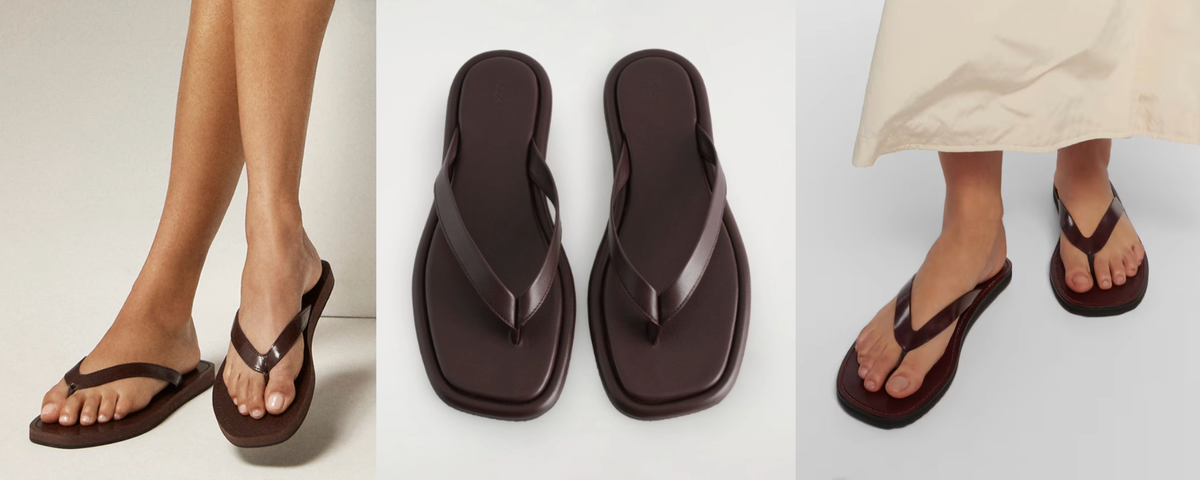
The Row's $890 flip-flops have everyone talking, and the rage is predictable: why spend nearly a thousand dollars on something you wear to the beach? The discourse feels very "eat the rich," very "Neiman Marcus? More like needless markups amirite lol lmao"
But that misses what's actually happening here. Yes, The Row uses sumptuous leather and flawless construction techniques – and yes, that's a somewhat futile exercise when applied to flip-flops. The price isn't about logo tax, though. It's about understanding what separates thoughtful design from mass-produced mediocrity, even when that understanding leads you to conclude the whole exercise is kind of gratuitous.
The Single-Piece Strap Revolution
Most flip-flops use two separate strap pieces connected at the post – a solution that's both elegant and functional. The Row's single-piece approach is actually a flattened interpretation of traditional Japanese sandals, which use continuous hanao straps designed to be puffy and undulating. These Japanese versions were originally made of leftover scraps of kimono fabric and utilized the strap's natural padding for comfort and functionality.
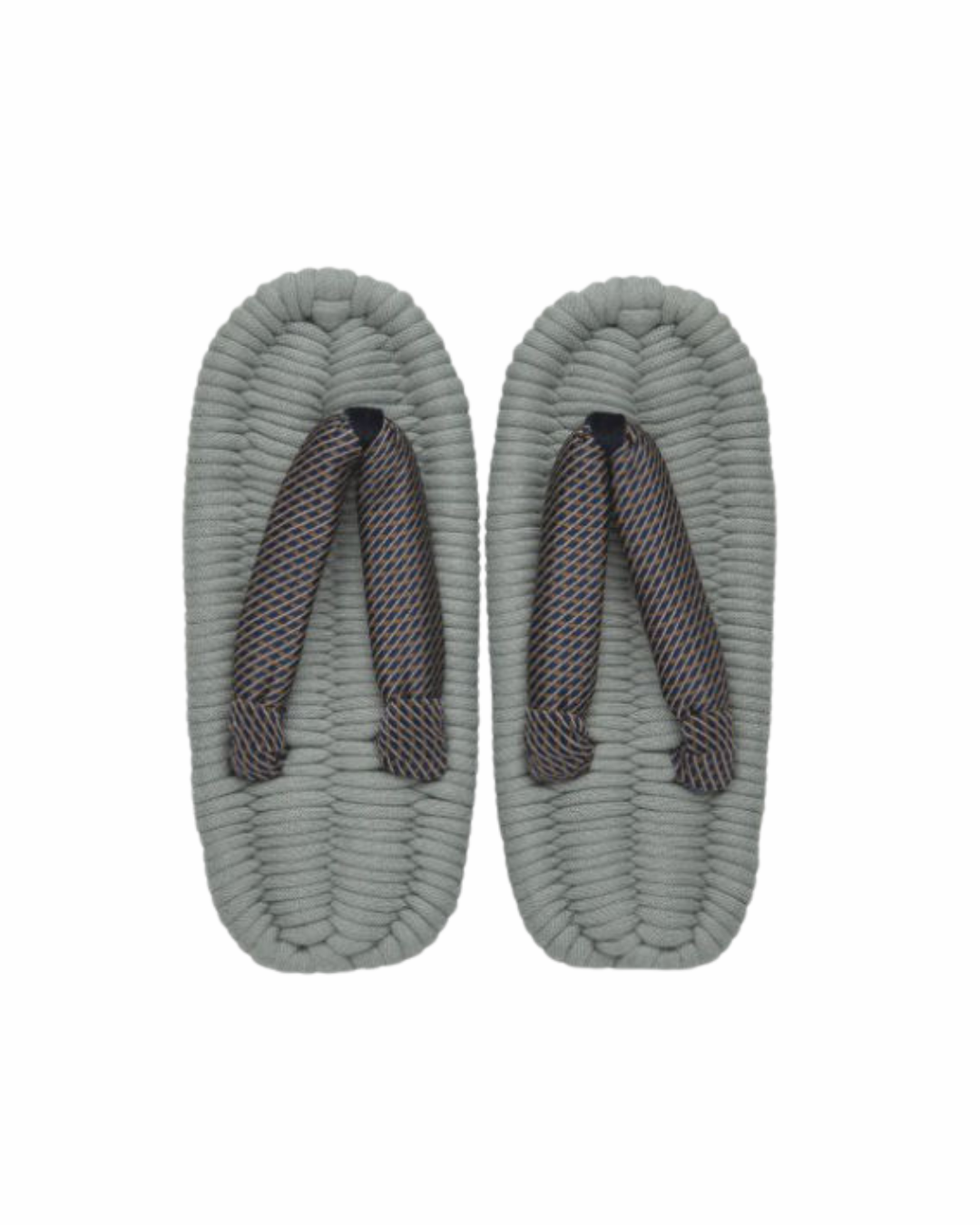
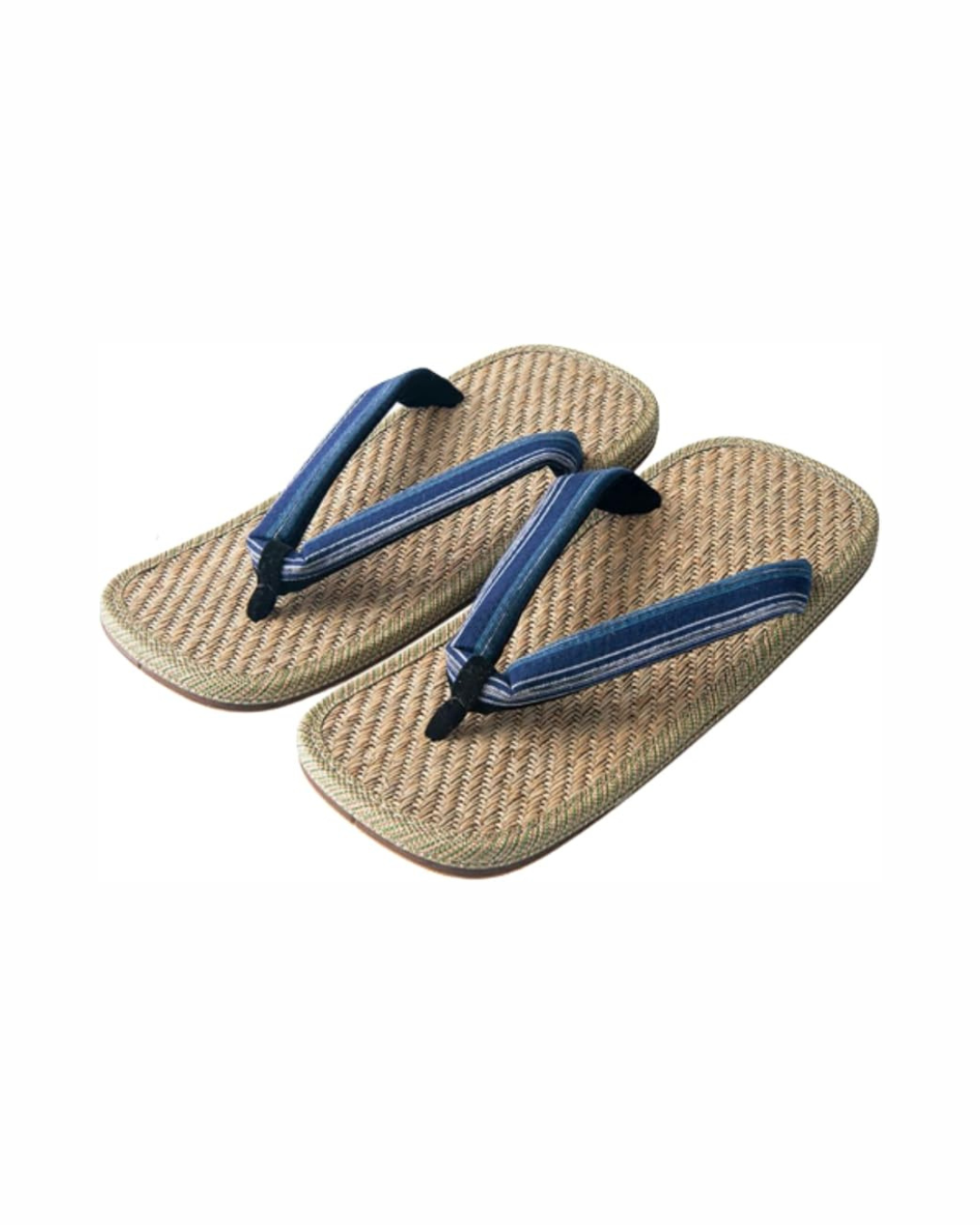

Japanese zori, setta, and geta sandals
The Row strips away this purposeful puffiness, creating a flat leather strap that loses the ergonomic benefits while generating more material waste. The Row's flip flop straps form a rounded V shape, which is cut from a flawless area on a hide. The V shapes create awkward negative spaces around them that will likely be trashed; think about the leftover cookie dough you get when using a rainbow-shaped cookie cutter.
The two-piece straps utilize straight, ribbon-like pieces of leather that a factory can cut one next to another, much like pasta. More of the hide goes into the final product. What was once an elegant solution for upcycling luxurious kimono scraps becomes a gratuitous exercise in luxury minimalism.
The Row's $890 City flip flops indeed represent this adaptation at its most refined: buttery leather with beautifully glazed edges and no topstitching, plus a plump post that won't irritate. The leather is so supple it creates tiny pinches at the post junction – essentially mimicking the padded fabric creases of the traditional Japanese design.

J.Crew's $138 version takes a more pragmatic approach to single-piece construction, utilizing a more affordable leather grade in service of this design. The execution is impeccable with edge glazing that's rounded akin to techniques I'd expect at a much higher price point. The leather crackles because it's not as sumptuous as The Row's, but these flip flops do give the look for less from afar. The sole is neat, too.
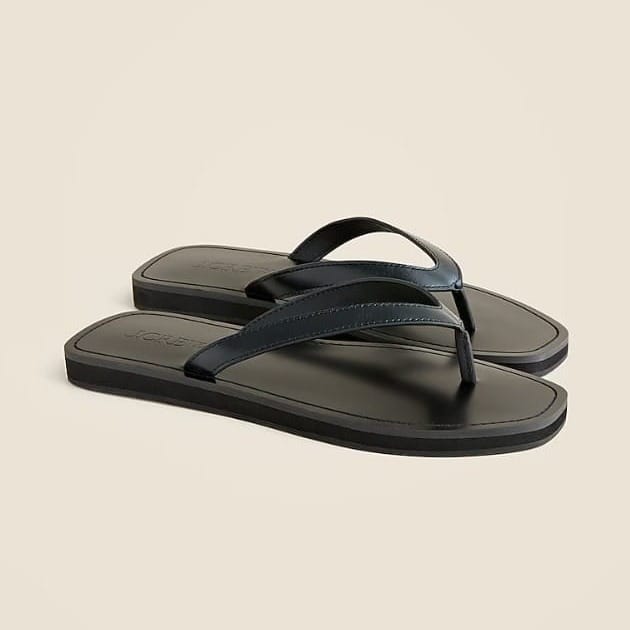
Massimo Dutti's $180 sandals split the difference with single-piece straps that have raw edges and parallel construction, but without the philosophical baggage of trying to recreate traditional Japanese techniques in an entirely different material.
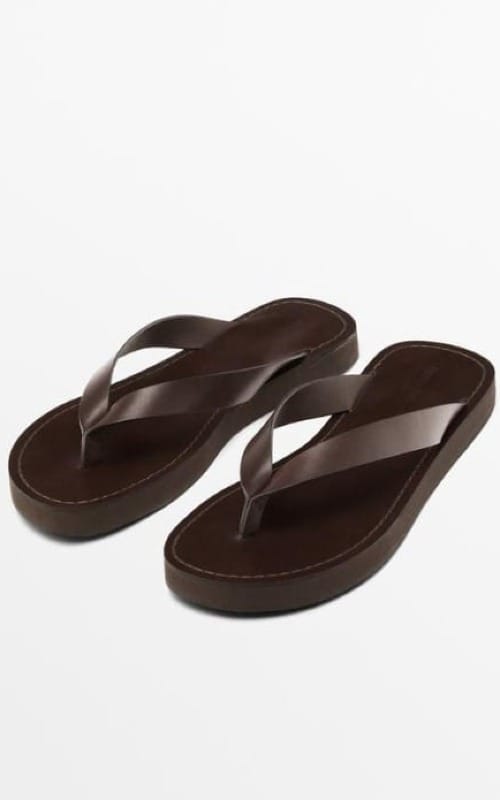
The Post: Where Comfort Meets Craftsmanship
The post – that crucial bit between your toes – reveals everything about a brand's attention to detail.
Best approach: The Row and Aeyde wrap leather around a cushioned, rounded post with perfect finishing. Ancient Greek Sandals uses clear plastic tubing over the post, which might be controversial for some, but I love this solution for comfort and cleanability.
How is this not painful: Staud's Freja features a flat, thin post that looks like a butter knife and would likely cut into skin metaphorically if not literally.
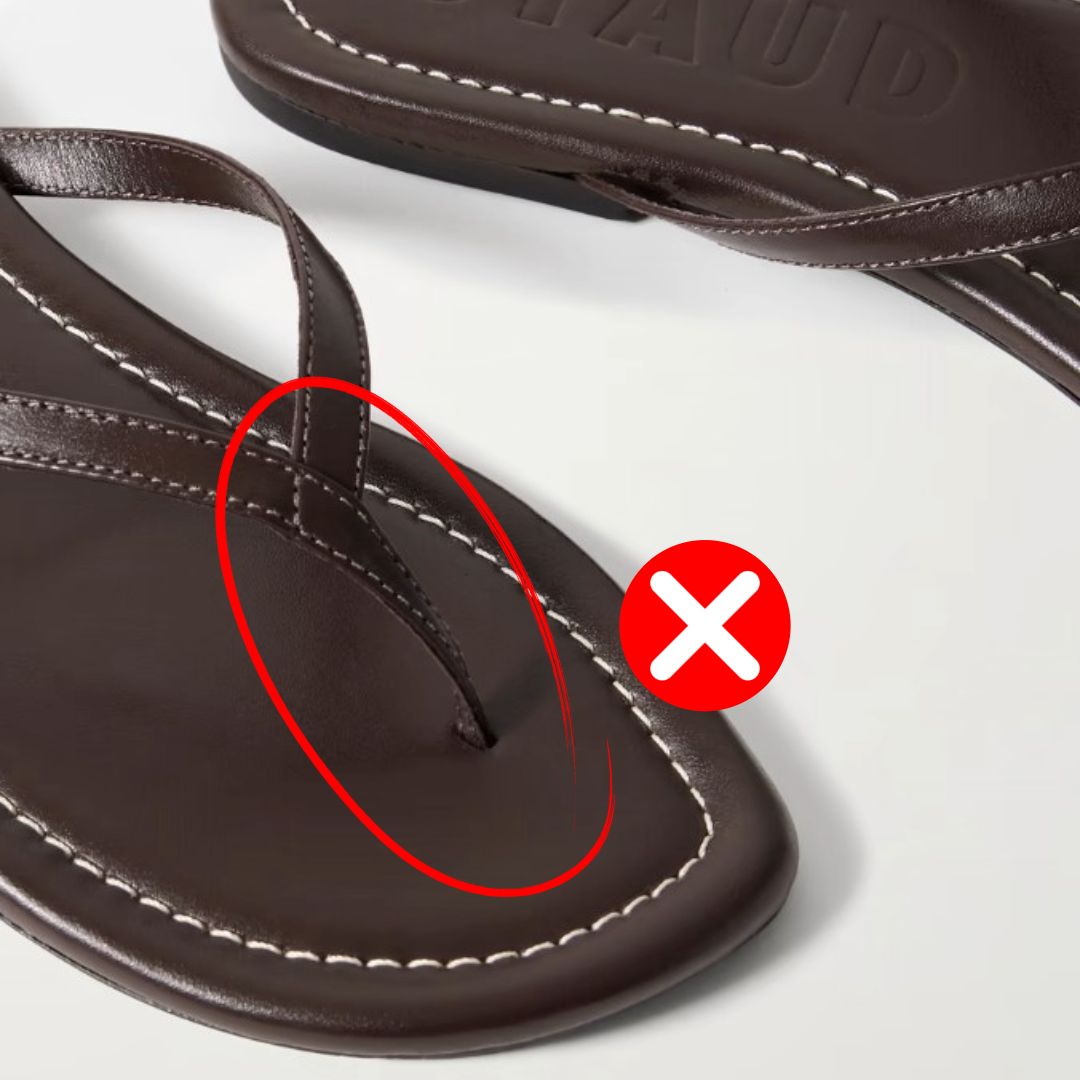
Sole Sophistication: Reading the Silhouette
The sole shape tells you whether a brand understands proportions or just copied homework from better designers.
